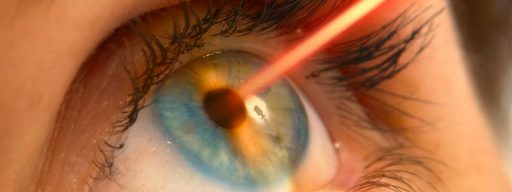Without appropriate care, keratoconus can progress to a point at which significant visual impairment occurs. The thinning and bulging outward of the cornea, the eye’s main optical structure, leads to astigmatism and myopia, retinal image distortion, and significant visual impairment.
The implantation of intracorneal ring segments (IRS) – small curved devices made of a biocompatible polymer material – has been applied with great success for years. These implants, which are appropriately selected for size and precise location, normalize the shape of the cornea and improve vision.
IRS are best used in the early or moderate stages of keratoconus. Depending on the degree of corneal protrusion, one or two segments may be implanted. IRS diameter and thickness vary according to the desired degree of cornea flattening and refractive change.
- In keratoconus (in cases of contact lenses intolerance).
- In iatrogenic keratectasia after corneal laser refractive surgery.
- In pellucidal marginal corneal degeneration.
- In irregular astigmatism after radial keratotomy or penetrating keratoplasty.
- In post-traumatic corneal astigmatism.

You can make an appointment by phone from 8:30 to 19:30 (daily).
In some keratoconus cases, intracorneal ring segments are not recommended. The surgery is contraindicated in the case of:
- Acute corneal hydrops.
- Progressive disease.
- Clouding of the central cornea.
- Curvature of the cornea (keratometry) exceeding 70 dioptres.
When the diagnosis of keratoconus is established, treatment is recommended by an experienced surgeon using high-precision equipment such as a femtosecond laser system. The procedure is reversible, meaning that the segments can be removed or exchanged if necessary.



